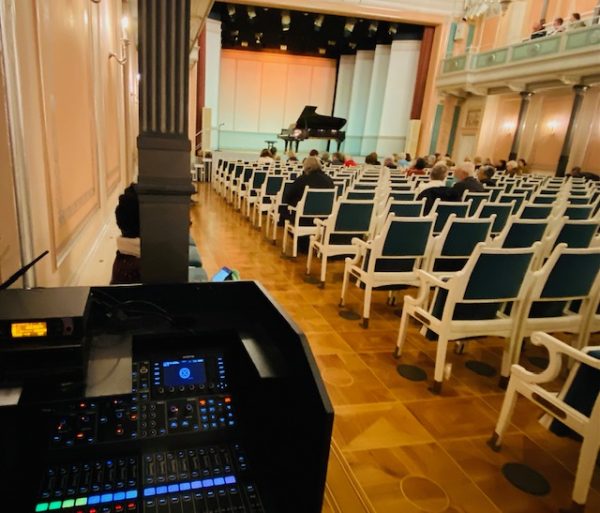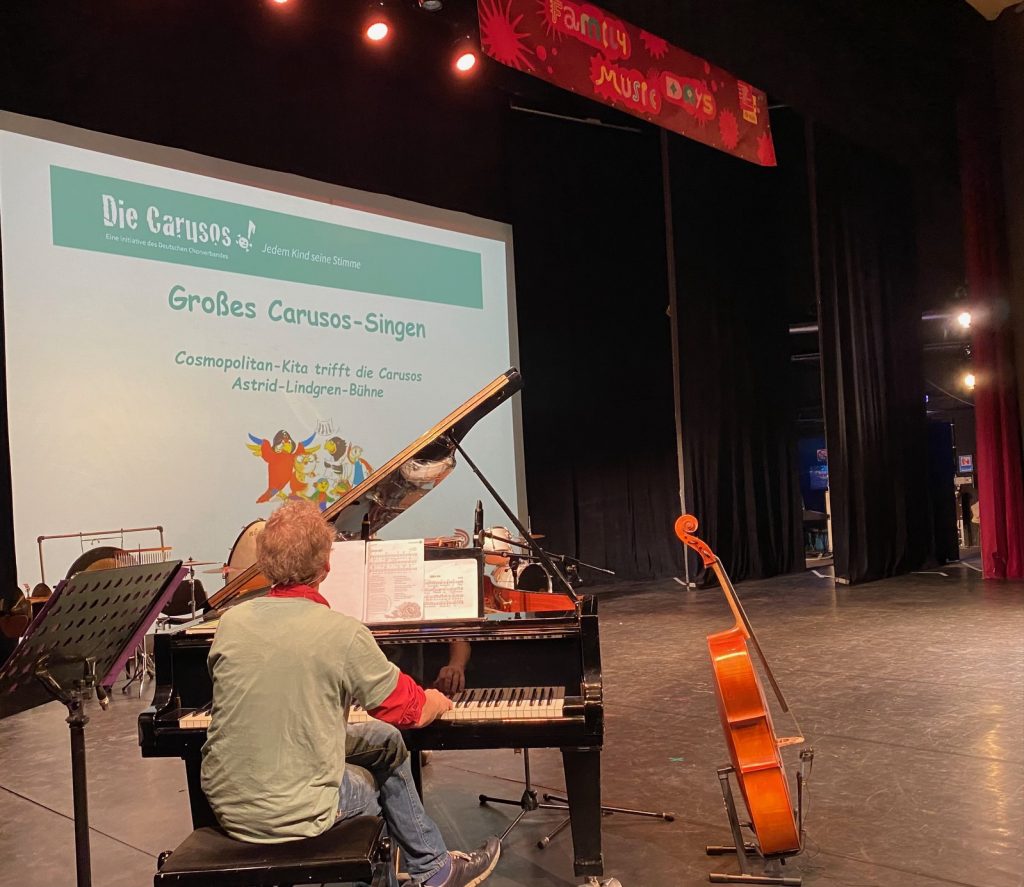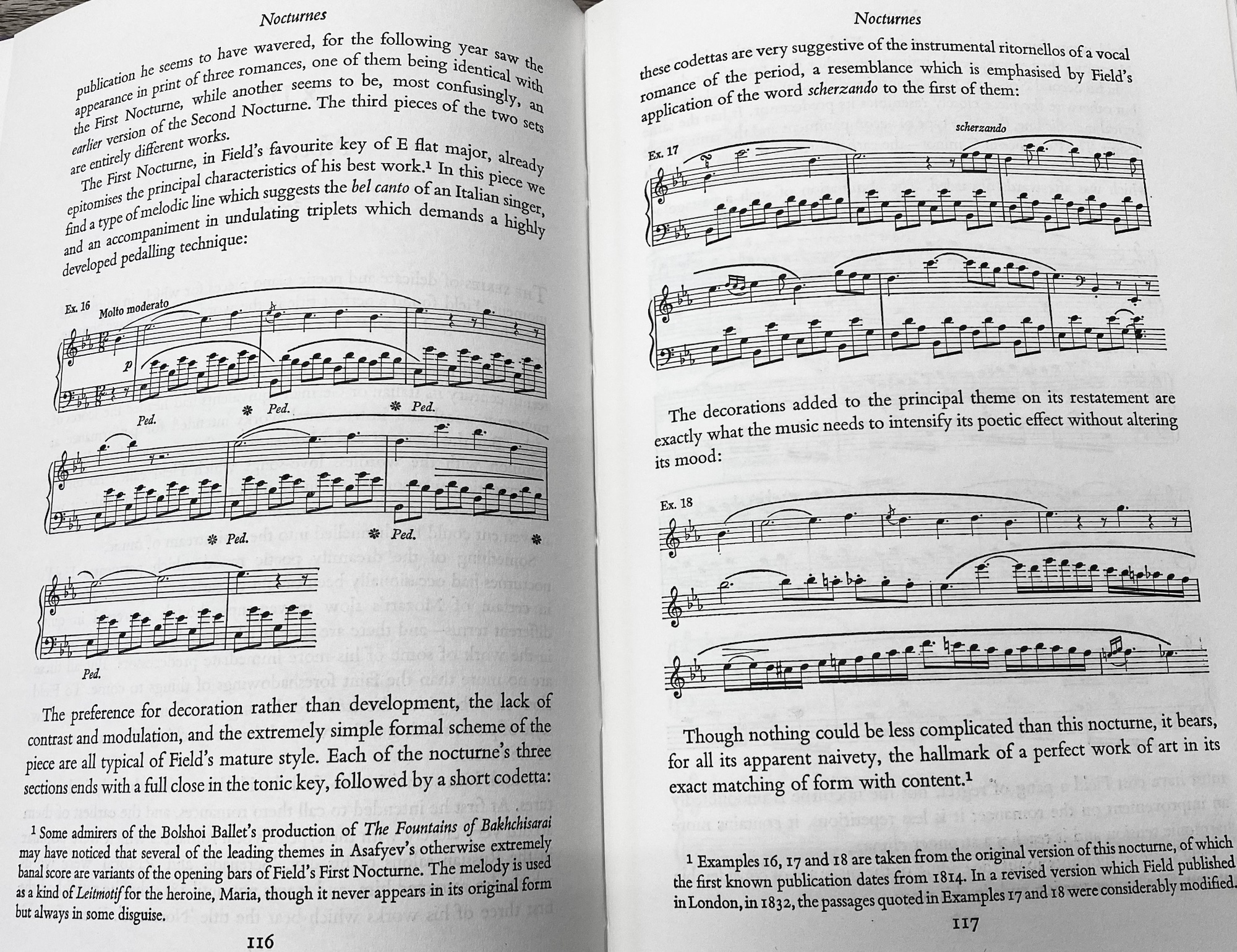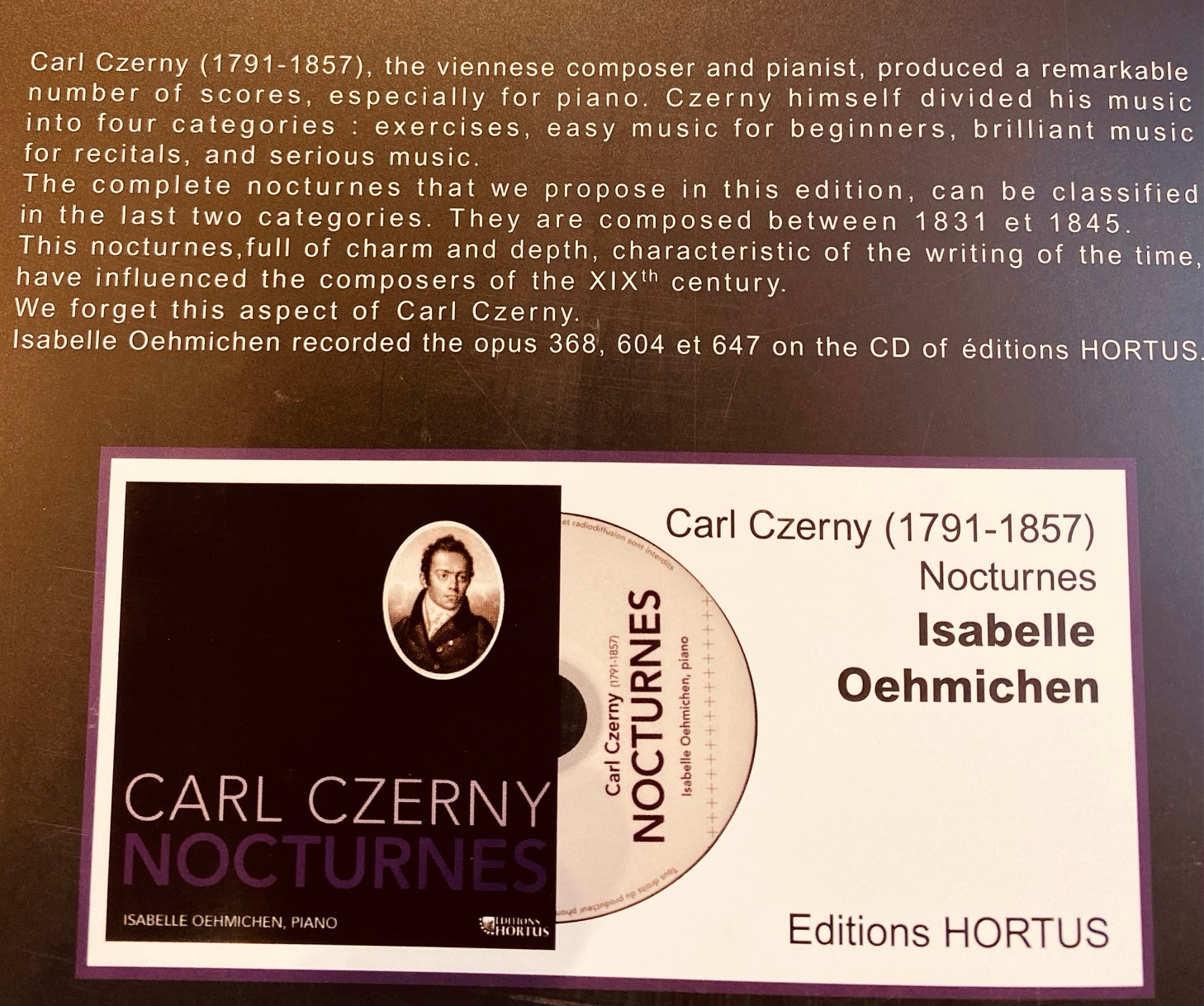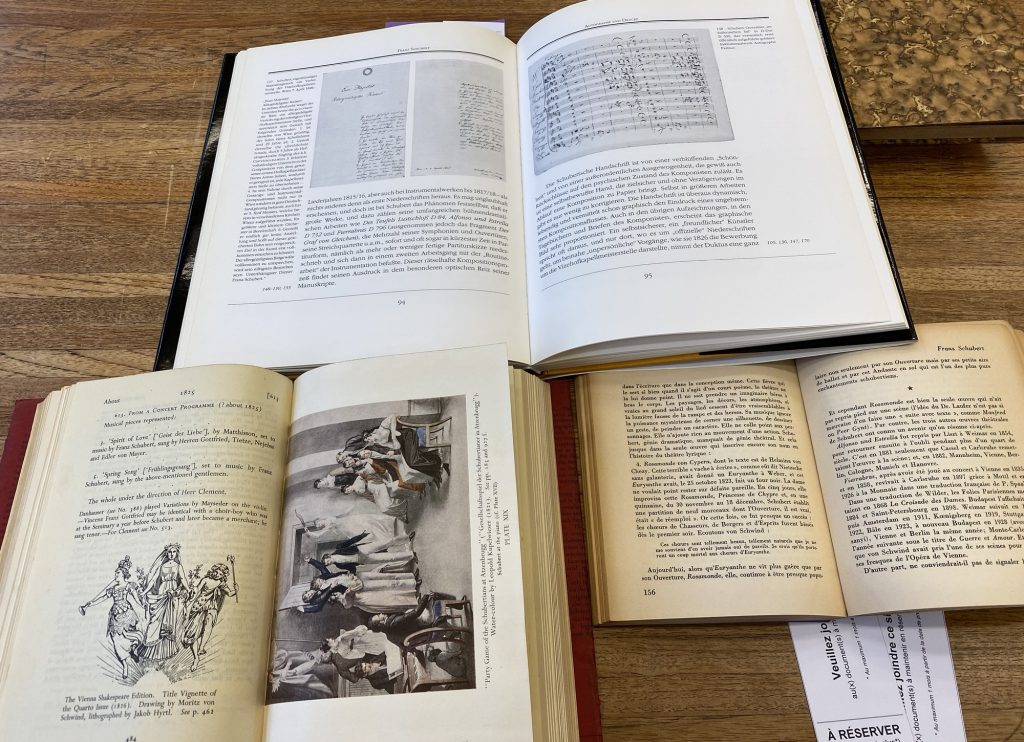Young talents sometimes offer innovative approaches. This was the case of Amiri Harewood in his performance of short piano pieces in the Espresso series at the Konzerthaus in Berlin. In an effort to take the Berlin audience on a lunchtime journey his program started with Schostakowitsch and Rachmaninow to move to less familiar repertoire from George Walker and Joshua Uzoigwe to “Valses Poéticos” from Granados. The live performance by Amiri Harewood in Berlin was at its best when he started to move head and shouldlers, breathe in tune and dance a bit while playing the piano. This rather unique feature of his performance is certainly different from a “stiff upper lip” or rigid posture we observe too often. This created an interesting “Kontrapunkt” for many in the audience who rather came for the espresso and to visit the building expecting some classic piano in the historic setting of the Konzerthaus Berlin. It took a while until people realized they were up to a unique piano experience. “Neuer Wein in alten Flaschen” = young, fresh music in old bottles or settings.



